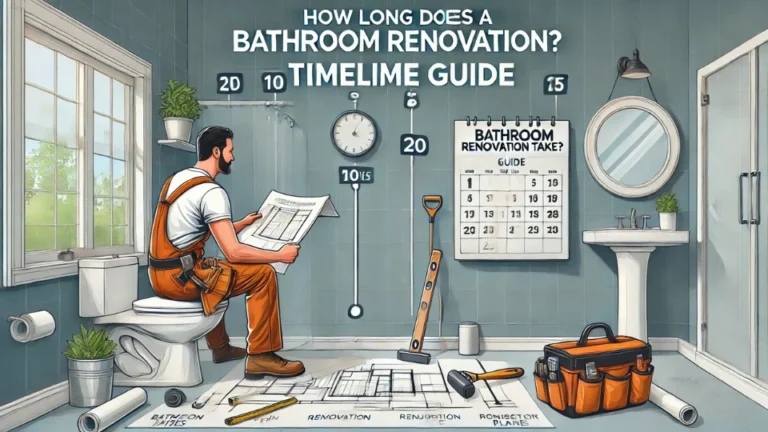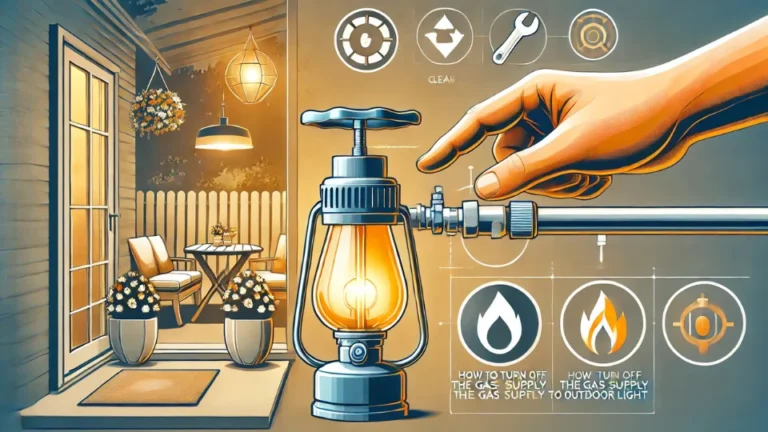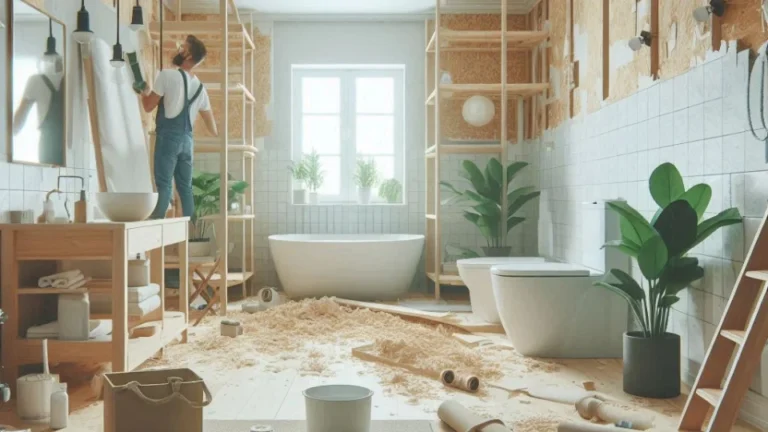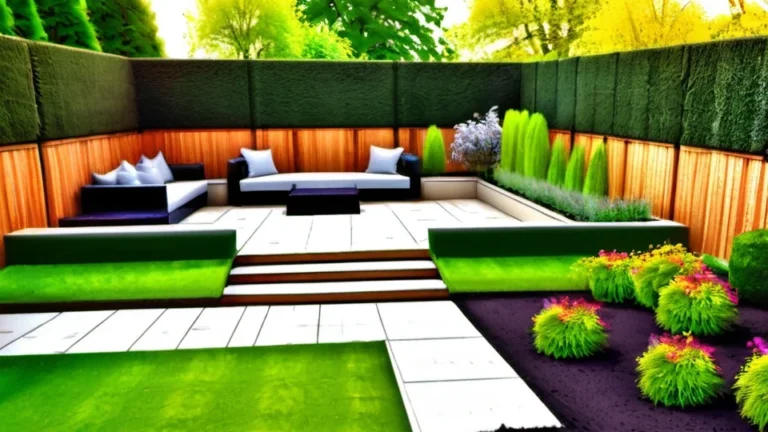How to Renovate Your Garden Furniture Easily
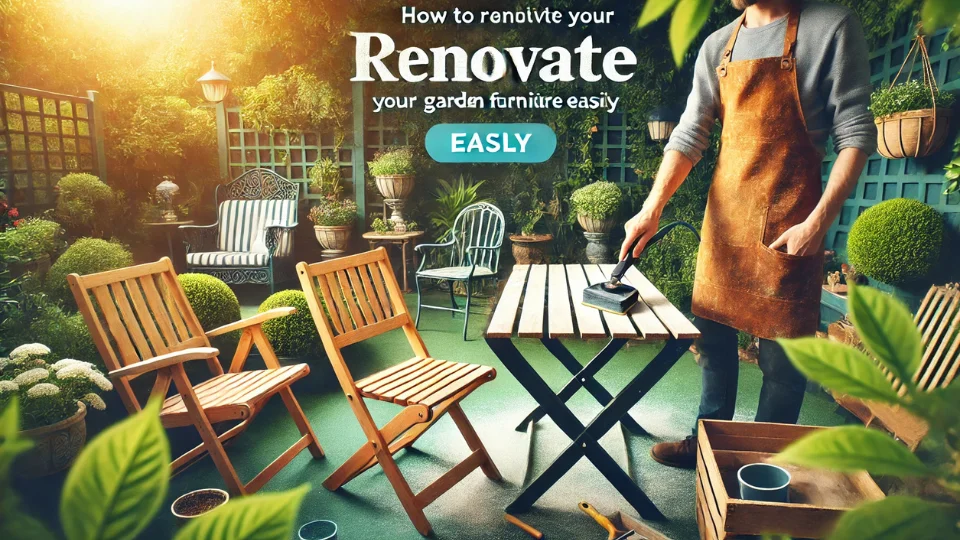
Introduction
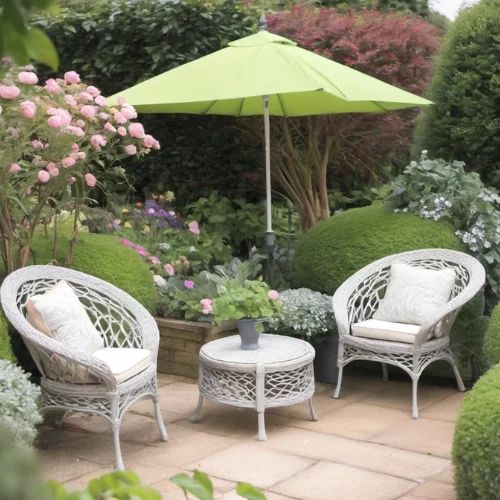
Garden furniture is exposed to various elements like sunlight, rain, and dust. Over time, it starts to wear out. Instead of replacing it, renovating your garden furniture can be a cost-effective and rewarding solution. This guide will walk you through the process, ensuring your furniture looks as good as new.
Assessing the Condition
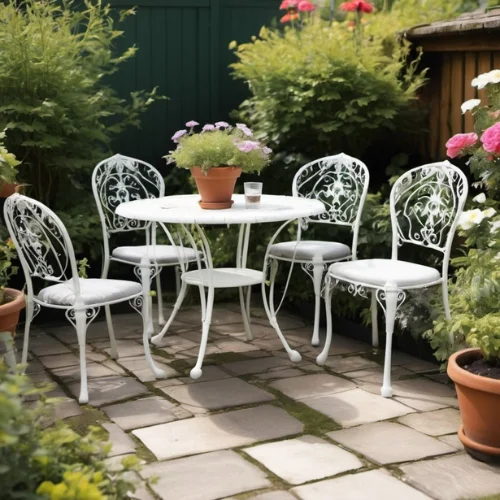
Checking for Damage
Before you begin, inspect the furniture for damage. Look for cracks, rust, loose joints, or peeling paint. Identify what needs fixing and what can be salvaged.
Deciding on Renovation Scope
Consider how much work is needed. Some furniture may only need a fresh coat of paint, while others may require structural repairs. Having a clear plan will make the process smoother.
Cleaning the Furniture
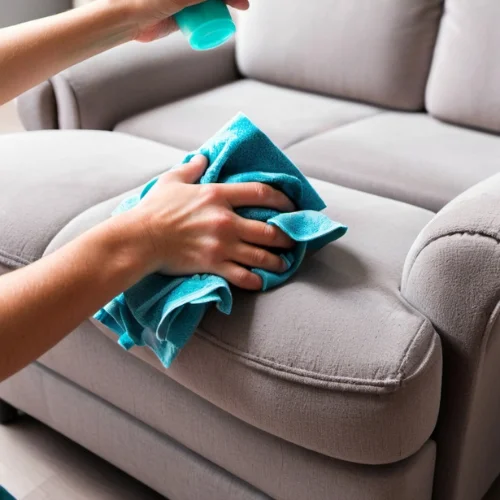
Removing Dirt and Debris
Start by cleaning the furniture thoroughly. Use warm, soapy water and a scrub brush to remove dirt. For wooden furniture, a mild detergent works best. If dealing with metal, a degreaser might be necessary.
Dealing with Mold and Mildew
If there are signs of mold, use a mixture of water and white vinegar to kill the spores. Rinse thoroughly and allow the furniture to dry completely before moving forward.
Repairing the Furniture
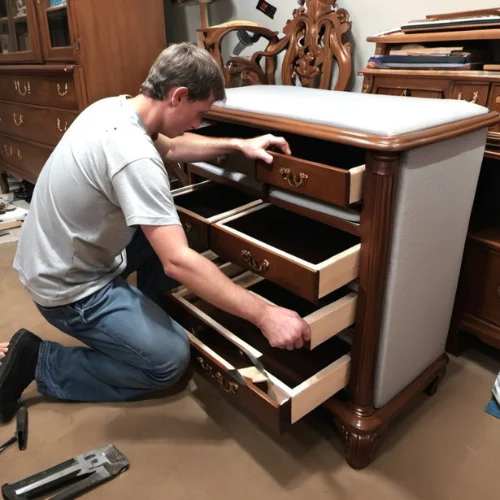
Fixing Wooden Furniture
For wooden furniture, check for cracks and splinters. Use wood filler to repair any gaps. Sand the surface to make it smooth before applying any paint or stain.
Restoring Metal Furniture
Metal furniture often suffers from rust. Use sandpaper or a wire brush to remove it. Apply a rust-resistant primer before painting.
Mending Wicker or Plastic Furniture
If wicker is unraveling, reweave the damaged areas. Plastic furniture may need a specialized repair kit for cracks.
Sanding and Preparing the Surface
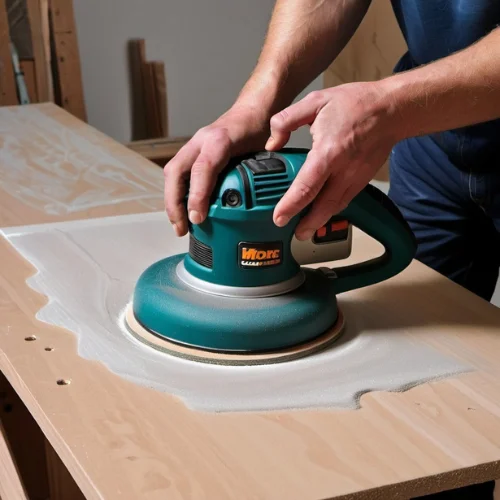
Choosing the Right Sandpaper
Use medium-grit sandpaper to remove old paint and smooth rough surfaces. For final finishing, switch to fine-grit sandpaper.
Priming the Furniture
Apply a suitable primer depending on the material. This helps the new paint adhere better and increases durability.
Painting and Finishing
Selecting the Right Paint
Choose outdoor-friendly paint that withstands weather conditions. Spray paint is often the easiest option for even coverage.
Applying the Paint
Use light coats instead of one heavy coat. Let each layer dry before applying the next. This prevents drips and uneven finishes.
Sealing for Protection
Once the paint dries, apply a sealant. For wooden furniture, a weatherproof varnish works well. For metal, use a protective enamel coating.
Updating Upholstery and Cushions
Cleaning or Replacing Fabric
Wash removable covers or replace them with weather-resistant fabric. If cushions are beyond repair, consider getting new ones.
Adding Waterproofing
Spray a waterproofing solution on fabric to prevent damage from moisture and prolong its life.
Reassembling and Final Touches
Tightening Screws and Joints
After the renovation, check all screws and joints. Tighten any loose parts to ensure the furniture is stable.
Adding Decorative Elements
Consider adding new cushions, throws, or even a fresh table centerpiece. Small touches can elevate the overall look.
Maintaining Renovated Furniture
Regular Cleaning Routine
Dust and clean the furniture weekly. This prevents dirt buildup and extends its life.
Protecting from Harsh Weather
Store furniture indoors during extreme weather or use covers. This reduces wear and tear.
Periodic Touch-Ups
Inspect the furniture every few months. If paint chips or rust appears, address it immediately to prevent further damage.
Frequently Asked Questions
How Often Should I Renovate My Garden Furniture?
It depends on exposure to weather. Generally, a refresh every 2-3 years keeps it in top shape.
Can I Use Indoor Paint for Outdoor Furniture?
No. Indoor paint won’t withstand rain or sunlight. Always use exterior-grade paint.
What’s the Best Way to Protect Wooden Furniture?
Seal it with a waterproof varnish and store it in a covered area when not in use.
How Can I Prevent Rust on Metal Furniture?
Apply a rust-resistant primer and paint. Keeping it dry and covered also helps.
Can I Paint Plastic Garden Furniture?
Yes, but use a spray paint designed for plastic surfaces to ensure proper adhesion.
Conclusion
Renovating garden furniture is a cost-effective way to extend its lifespan. With proper cleaning, repairs, and a fresh coat of paint, old furniture can look brand new. Regular maintenance ensures long-lasting beauty and functionality. A little effort goes a long way in keeping your garden space inviting and stylish.


